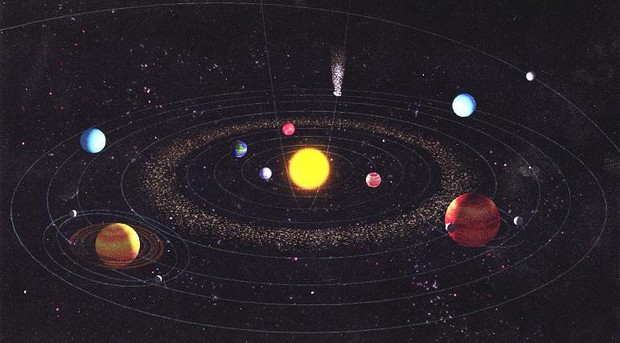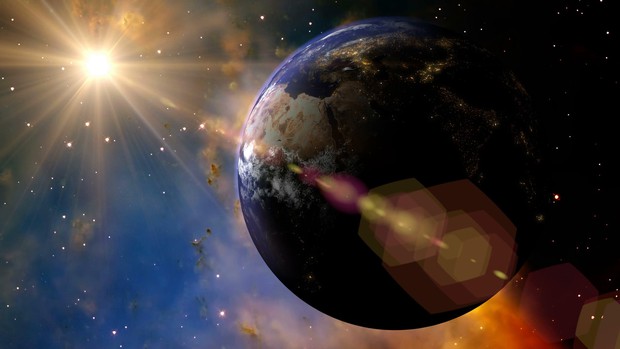Earth’s orbit is not stable. It changes over time and in a perfect cycle.
We all know the Earth revolves around the Sun in an almost elliptical orbit. However, perhaps you have never heard that this orbit is not constant, but that it expands continuously?
Recently, a study of the movement of the Earth showed that every 202,500 years, the orbit around the Sun changes from an almost circular shape to an ellipse. But after 202,500 years, it has returned to its original shape, that is, almost circular.
This cycle has lasted 405,000 years, occurring steadily for hundreds of millions of years until now.
Right now our Earth is in a perfectly circular orbit around the Sun, and soon they will turn into an ellipse again.
Why this phenomenon?
This is all due to the gravitational interaction that occurs between the Earth and the planets in our solar system, especially Jupiter and Venus.
Interactions between the planets – especially with Jupiter and Venus have had a huge effect on Earth’s orbit.
The reason these two planets have such a special impact on Earth’s orbit is that Jupiter is so big and Venus is too close to us. Their gravitational force spans orbit and affects the world’s climate for at least 215 million years.
What does this discovery mean?
Understanding orbital changes laid the groundwork for scientists to study geological events of the past in greater depth.
Reality shows that the climate cycles that take place on Earth are closely related to the planet’s orbit around the Sun. Quite simply because each change in orbit affects the amount of light received from the Sun.
With a new 405,000-year cycle discovered by scientists, humans can now quite accurately relate changes in climate, environment, dinosaurs, mammals and fossils.
NY Times




